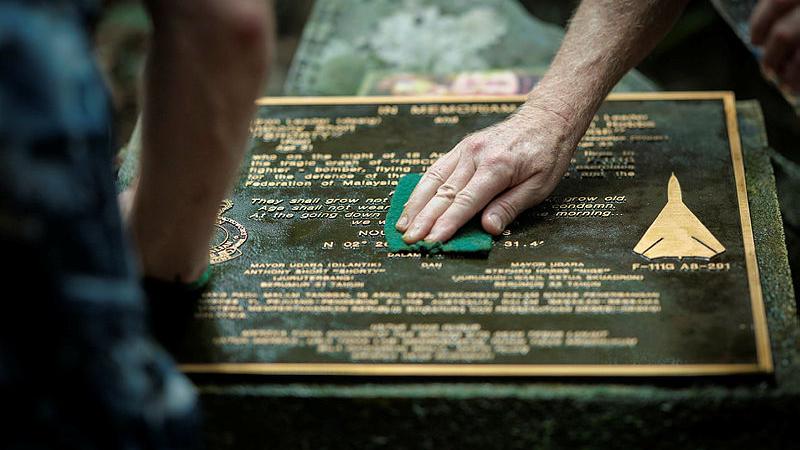A culmination of over 45 years of research has painted a grave picture for the state of our iconic glaciers.
NIWA’s Dr Andrew Lorrey says that hotter temperatures are to blame.
“We’ve had a flurry of harsh summers and repeated marine heatwaves that have caused warm air temperatures to cook our glaciers. As part of our annual snowline survey, we’ve documented ice cover for the Southern Alps since the late 1970s by taking aerial photographs of the snowline position at the end of summer.
“We’ve collaborated with Dr Lauren Vargo and Associate Professor Brian Anderson from Te Herenga Waka-Victoria University of Wellington who have pioneered 3D modelling using the survey’s aerial photographs to show how glacier volume has changed. This has provided us with a long, nearly unbroken record of ice loss,” said Dr Lorrey.
NIWA has estimated that at least 13 trillion litres of water have been lost from our iconic New Zealand glaciers since the late 1970s. This is the equivalent of nearly five decades of basic household water use for the whole country.
In addition, NIWA has recently worked with a landscape art historian Dr George Hook to study old paintings by 19th Century artist John Gully. Those paintings captured ice retreat that was already underway in the mid-1800s. “The paintings were intended to convey the dramatic scale of a mysterious land far away from industrialised British society. They show vast and vivid snow cover across New Zealand’s mountains and documents the beginning of their retreat.
“Serendipitously, for contemporary scientists, comparing these artworks with current photos vividly shows the magnitude of ice loss that has occurred since the mid-1800s,” said Dr Lorrey.
Simultaneously, researchers based at University of Otago and Victoria University of Wellington have conducted a programme measuring glacier change at Brewster Glacier, located in Mount Aspiring National Park, since the early 2000s.
Their work involves snow probing and installing ablation stakes into the ice with a steam drill to measure how much snow and ice is gained and lost over each season.
Professor Nicolas Cullen from the University of Otago says that these unique long-term observations on Brewster Glacier have led to it becoming a global benchmark for understanding how glaciers in the Southern Hemisphere are responding to climate change.
Evidence of change around the summit region of Mt Ruapehu tells a similar story as the Southern Alps and shows small glaciers there are disappearing fast.
Dr Shaun Eaves from Victoria University of Wellington has mapped the recent changes there, withy. many glaciers reduced to slivers of ice covered with a thin veneer of debris. All suggestions point to the small glaciers on Mt Ruapehu going extinct in the years ahead.
While the overall findings are bleak, Dr Lorrey says there is still time to make a difference.
“Our beautiful glaciers have taken a beating, but if we act quickly, we can limit even more damage. We are writing the script as we are living the story, and we are in charge of the outcome. If we want future generations to experience what we have, we must get on top of this now.”








